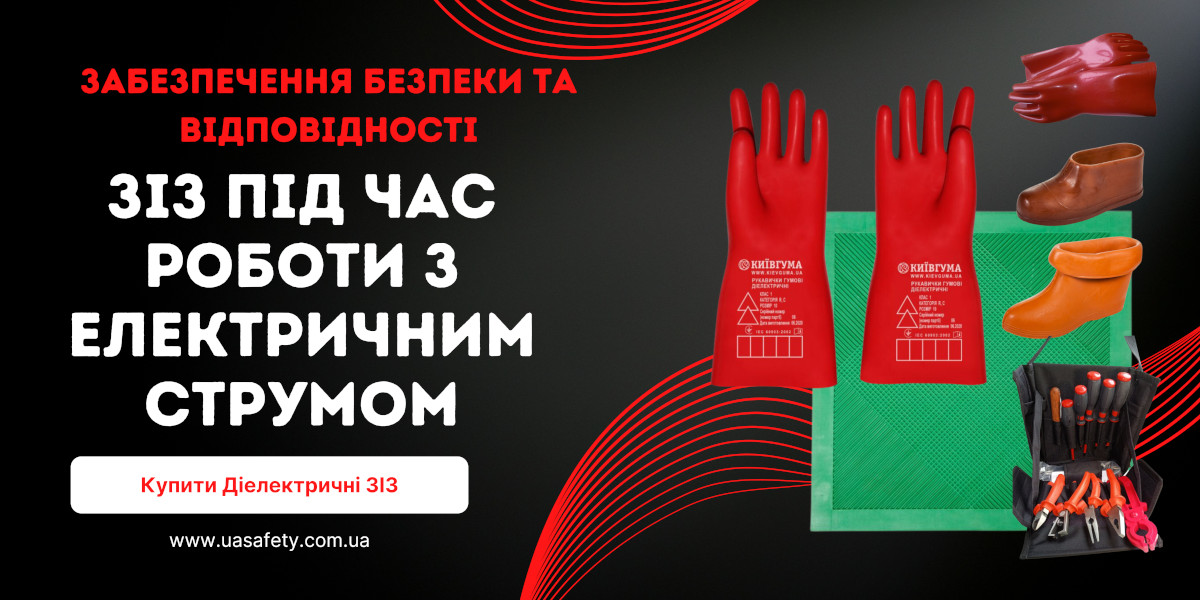PPE when working with electricity: ensuring safety and compliance

In today's fast-changing world, electrical systems play a vital role in our daily lives. From powering our homes and workplaces to fueling industry, electricity is a vital resource. However, with great power comes great responsibility. Working with electricity is associated with inherent risks, so use electrical personal protective equipment (PPE) is critical to safety and accident prevention. In this comprehensive guide, we delve into the world of electrical PPE, its importance, types, and best practices for compliance.
Understanding electrical personal protective equipment
Electrical PPE includes a wide range of specialized equipment designed to protect people from the dangers of electric shock. These hazards may include electric shock, burns, arc flash, or explosion. The main purpose of electrical PPE is to minimize the risk of injury by creating a barrier between the user and electrical energy. By providing protection against potential electrical shock hazards, personal protective equipment not only protects workers, but also increases productivity and reduces downtime due to accidents.
Types of electrical PPE
- Insulating gloves. Insulating gloves play an important role in protection against electric shock. Made of durable rubber or synthetic materials, they create a barrier that isolates the user's hands from electrical current. These gloves are available in a variety of voltage ratings, allowing workers to choose the appropriate level of protection based on their specific job requirements.
- Protective clothing. Arc protective clothing and flame retardant clothing are important components of electrical PPE. They provide protection against arc flash and fire hazards. This special clothing is designed to be self-extinguishing and minimize burns in the event of an arc flash. They are often made of fire-resistant fabrics that provide reliable protection against heat and flames.
- Face and eye protection. Face shields, goggles, and safety glasses are required to protect the eyes and face from potential electrical shock hazards. These protective devices are designed to protect against debris, sparks and arc flashes. They provide an extra layer of protection to prevent eye injuries and provide clear vision when working with electrical systems.
- Leg protection against electric shock. Electrical installation work is often associated with various environments, including wet or damp conditions. Insulated footwear is critical to protecting workers from electric shock caused by contact with live circuits or equipment. These specially designed boots provide an insulating layer that keeps the user safe and comfortable when working in challenging electrical environments.
Conformity to electrical PPE standards
To ensure the highest level of safety, it is necessary to comply with the applicable standards and regulations for electrical personal protective equipment. Here are some basic recommendations to follow:
- Know the requirements – familiarize yourself with the relevant standards and regulations specific to your industry or jurisdiction. Be aware of any updates or changes to these requirements to maintain compliance.
- Assessment of risk levels. Conduct a thorough risk assessment to identify potential electrical shock hazards and determine the appropriate level of PPE required for each task. Consider factors such as voltage levels, potential exposure to arc flash and environmental conditions.
- Choose the right PPE – choose PPE that meets the required safety standards and provides the appropriate level of protection. When choosing electrical personal protective equipment, consider the voltage rating, arc flash rating, and other relevant characteristics.
- Education and trainings – Provide comprehensive training of workers in the proper use, care and maintenance of electrical PPE. Emphasize the importance of following safety practices and guidelines for effective risk reduction.
- Regular inspections and maintenance. Implement a robust inspection and maintenance program to ensure electrical PPE remains in optimal condition. Check gloves regularly for cuts, punctures or signs of wear. Inspect protective clothing for damage or wear. Replace faulty or worn equipment in a timely manner.
Conclusion
When it comes to working with electricity, safety should always be the top priority. Electrical personal protective equipment plays a crucial role in minimizing the risks associated with the danger of electric shock. Understanding the types of electrical personal protective equipment available, following appropriate standards, and implementing best practices allow individuals and organizations to create a safer work environment and reduce the likelihood of accidents.
Remember that electrical safety is a collective responsibility, and prioritizing the use of proper electrical PPE can save lives, prevent injuries, and ensure a safer future for all involved.






















